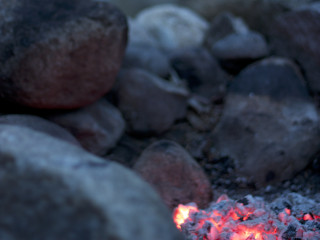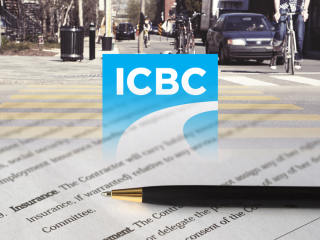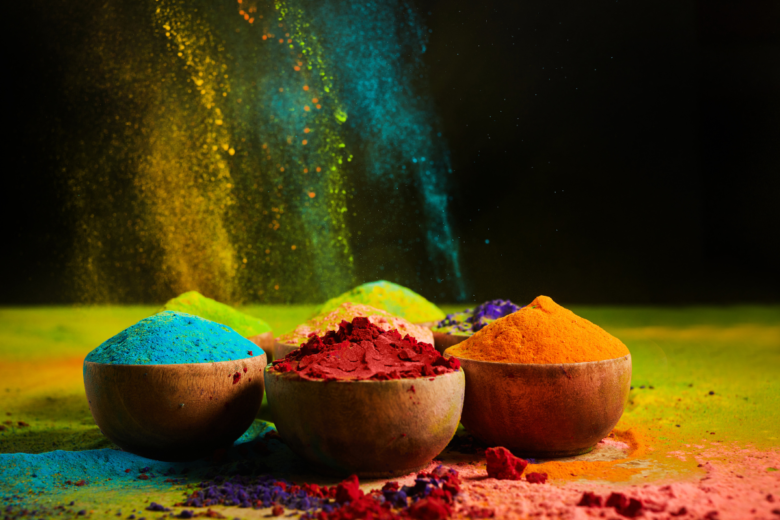Holi, known as the Festival of Colors, is one of the most vibrant and joyous celebrations in Hindu culture. Holi marks the arrival of spring and like many other Hindu celebrations, signifies the triumph of good over evil, making it a time of renewal, love and unity.
The Rituals and Traditions:
Holi is celebrated over two days in most parts of India. The first night, known as Holika Dahan, involves the lighting of bonfires to symbolize the burning of evil spirits and negativity. The following day is Rangwali Holi, where people come together to play with colors, water guns and balloons filled with colored water. It’s a time for fun, frolic and forgiveness as people smear each other with colored powders, signifying the breaking down of barriers and the celebration of unity.
The Significance of Colors:
Colors play a central role in Holi celebrations, representing the vibrancy of life, the beauty of nature and the diversity of humanity. Beyond its aesthetic appeal, each color carries symbolic meaning:
Red symbolizes love and fertility.
Yellow represents the color of turmeric, signifying prosperity and healing.
Green symbolizes spring and new beginnings.
Blue is associated with the divine and the beloved god, Lord Krishna.
Pink symbolizes happiness and friendship.
Community and Unity:
Holi transcends barriers of caste, creed and social status, bringing people together in a spirit of camaraderie and harmony. It’s a time when communities come alive with music, dance and laughter, fostering a sense of belonging and togetherness.
The Message of Forgiveness:
One of the most profound aspects of Holi is the emphasis on forgiveness and reconciliation. It’s a time to let go of grudges, mend broken relationships and start anew with a clean slate. By dousing each other in colors, people symbolically wash away past grievances and embrace a future filled with love and understanding.
Celebrating Holi Beyond Borders:
While Holi is deeply rooted in Hindu tradition, its message of joy, love and unity has transcended cultural boundaries and is now celebrated by people of all backgrounds around the world. From the streets of India to festivals and gatherings across continents, Holi serves as a reminder of our shared humanity and the universal desire for happiness and peace.
The Color Run, originating in 2011, often dubbed the “Happiest 5K on the Planet,” was inspired by the concept of Holi. The organizers sought to create an event that combined fitness, fun and creativity, drawing upon the playful aspect of Holi’s color-throwing traditions.
Both events are characterized by the liberating experience of being doused in vibrant hues of colored powders. Participants in both the Color Run and Holi festivities revel in the joyous atmosphere created by the explosion of colors, laughter and camaraderie.
While the Color Run does not have the same religious or cultural significance as Holi, it echoes the universal themes of joy, togetherness and self-expression. Participants of all ages and backgrounds come together to run, walk, dance and celebrate amidst clouds of colorful powder, creating unforgettable memories and forging connections with fellow participants.
Conclusion:
Holi is more than just a festival of colors; it’s a celebration of life, love and the triumph of good over evil. As we immerse ourselves in the display of colors and festivities, let’s also embrace the deeper meaning behind this joyous occasion – a message of unity, forgiveness and the enduring spirit of humanity.
So, this Holi, let’s come together, paint the world in hues of love and happiness, and spread the message of peace and goodwill to all. Happy Holi!














